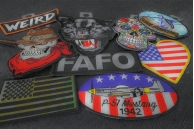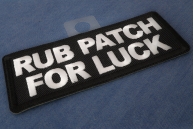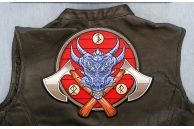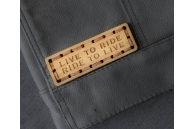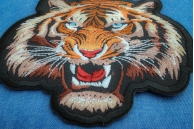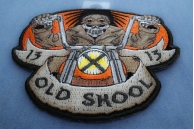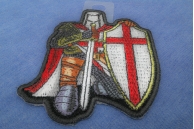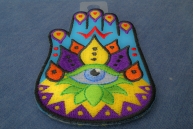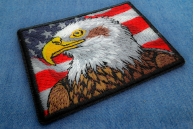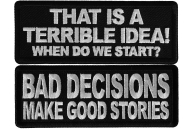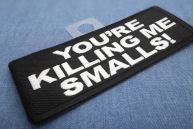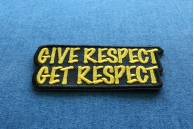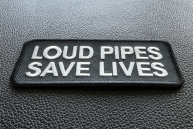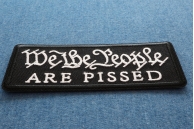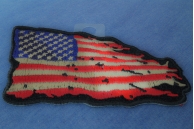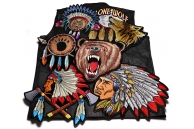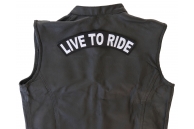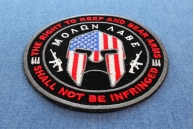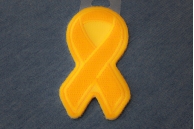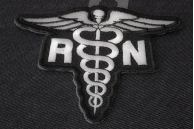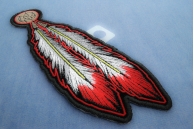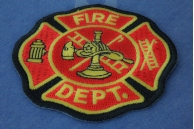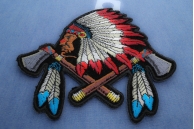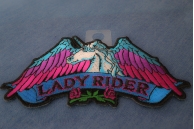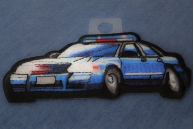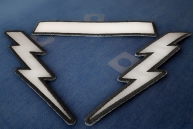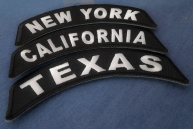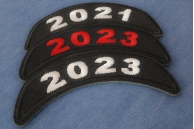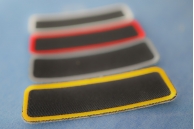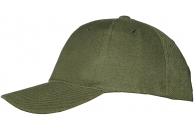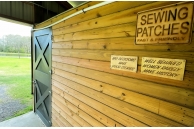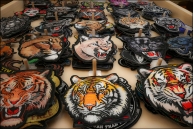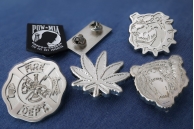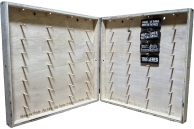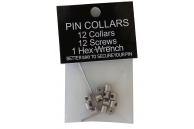
One of the greatest joys of motorcycles is enjoying the less traveled, gorgeous country roads. If you like to indulge this, take a minute to learn more about collisions with animals, particularly deer, and protect yourself from a unique risk. Here are the three major things you need to know to avoid a collision.
Know Your Enemy
Deer are hardly predatory or malicious, but if you hit one at high speeds on a bike, it is certainly an enemy. Understanding deer behavior is a great first step to avoiding a collision later. The most important thing to understand is that deer are much more skittish than other animals in their size range. Because of this, you’re less likely to see them when they are grazing or preparing to cross a road. It also lends to them doing most of their feeding and dawn and dusk. In fact, 90 percent of deer strikes occur during these hours, so if you’re enjoying a country ride when the sun isn’t high, be extra careful. The skittish nature of deer also informs how they react to scary situations. For the most part, they won’t be sent running until you get too close. Once they do, they scatter in an unpredictable pattern, usually used to evade wolves and other predators. If it isn’t obvious, this combination of behaviors makes it nigh impossible to predict how, when and where a deer will jump.
Know Yourself
If avoiding deer sounds difficult, it’s because it is. In fact, it’s why deer collisions represent tens of millions of dollars in damages every year at a state level. Nationally the numbers are hard to track, but deer strikes are common. Now, you may have heard strategies for dealing with deer in a car or truck. In general it is best not to swerve because trees and other cars are more dangerous than the deer, and often times holding speed to drive through the deer is the safest course. This is not true with a bike. Swerving can still be very dangerous, but hitting a deer straight on is likely to ruin the bike and cause you serious injury at minimum. Instead, if you are taking a country road, slow down. In general your cruising speeds should not exceed 50 mph. Additionally, you want to be mentally prepared for fast stops. If you have to pass close to a deer, a sharp brake is your best defense and will usually prevent a collision. Of course, if you are going to slow down and be braking suddenly, you want to make sure you aren’t being closely followed by a larger vehicle. When you take the country roads, let the tailgaters pass to protect yourself. Lastly, if you ride in a group, spread a little more than usual. This gives everyone a chance to react to the deer without colliding with each other.
Know the Truth
If information can help you stay safe, then it is also important to debunk common myths. You already read a little about not speeding through deer, but a little more depth is merited. You have likely heard stories about riders who zipped along the highway and cut a deer clean in half while driving. While this is possible, statistics show just how bad an idea it is. For every one time this strategy has worked, it has failed at least 90, and, the faster you hit a deer, the more you’re going to get hurt. A lot of other stories out there suggest deer whistles are a great tool to get them to scatter before you get too close. Science says otherwise. There has never been a successful study that demonstrated the effectiveness of deer whistles, so don’t rely too heavily on them. The last major myth suggests that with sharp reflexes you can anticipate a deer and just outmaneuver it. Don’t kid yourself. The deer you see is only alive because it has successfully evaded predators so far. Staking your life on such a low-probability reaction is a risk you just don’t need to take.
Check out our reflective patches
